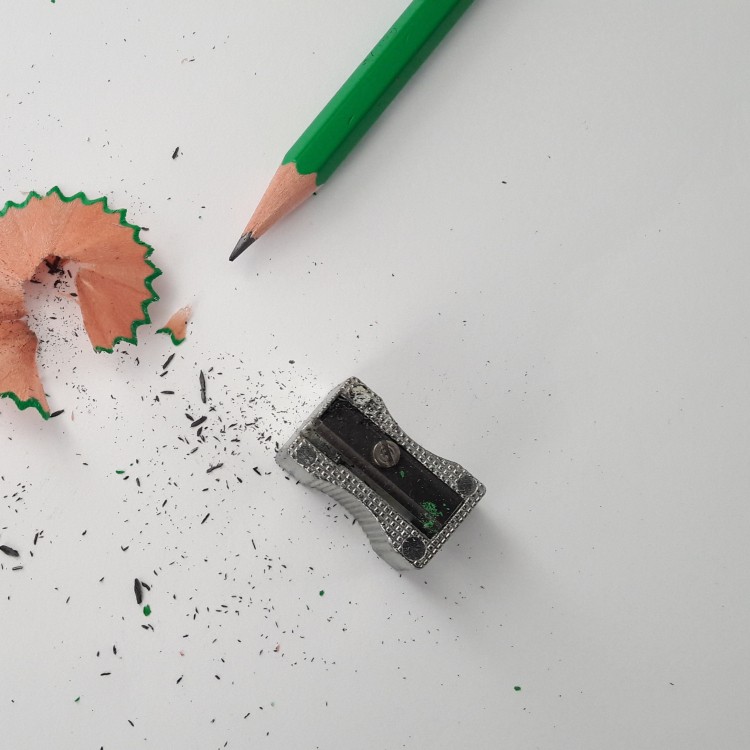

De beoordeling van de nieuwheid vereist geen absolute zekerheid | T 1624/21
- When examining novelty, the applicable standard of proof to assess whether a specific statement of fact is true or not is the balance of probabilities;
- Absolute certainty is not required for the assessment of novelty;
Background
The divisional patent application no. 17159000.3 was refused by the ED for lacking novelty in view of two prior art documents, i.e., D6 and D7. Specifically, the ED considered that the P’s arguments in support of novelty of the claimed subject-matter did not help the instant authority to ascertain with absolute certainty that the functionally defined antibodies as claimed met the novelty criteria under Art. 52(1) and 54 EPC. In particular, the ED expressed their doubt whether the anti-14-3-3 eta isoform protein antibodies disclosed in the prior art documents at hand, i.e., D6 and D7, did not bind the same epitope as specified in the claims as the characterizing feature of the claimed antibody. The ED further stated that, because the claimed antibody was only defined by a linear epitope to which it bound, the P did not discharge themselves from the burden to provide the necessary evidence that the antibody disclosed in D6 and D7 did not bind to the claimed epitope or at least a part of it.
The Appeal
The P disagreed with the decision of the ED and considered that a wrong standard of proof had been applied to assess novelty. The P argued that it was established case law of the boards of appeal that decisions on issues arising before EPO departments did not need to be based on absolute conviction, but were to be arrived at on the basis of the overall balance of probabilities.
Claim 1 under Appeal read as follows:
“1. An anti-14-3-3 eta antibody, wherein said antibody is capable of specifically binding to an epitope located between positions 142 to 158 of the human 14-3-3 eta protein, the epitope is represented by the amino acid sequence KKNSVVEASEAAYKEAF (SEQ ID NO:24).”
The epitope by binding to which the claimed antibody was functionally defined was not explicitly taught in either of D6 or D7. Namely, D6 merely referred to a "monoclonal anti-14-3-3 antibody purchased from Santa Cruz Biotechnology, Inc” and did not characterise further the disclosed 14-3-3 eta antibody. Then, D7 only taught about a polyclonal goat IgG antibody raised against a full-length E.coli-derived recombinant human 14-3-3 antigen. In view of these limited teachings, the P argued that the ED had no evidence that antibody of D6 or the antibody of D7 bound the same epitope as the claimed antibodies. Thus, the P reasoned, the claimed subject-matter was novel over both D6 and D7.
Reasons for the Board’s decision
The Board stated that it was a question of fact whether or not an antibody, which was disclosed in a cited document, bound to a particular antigen or epitope. In its reasoning, the Board explained that, according to established case law of the boards of appeal, the applicable standard of proof to assess whether a specific statement of fact is true or not was the balance of probabilities. According to this standard, the EPO should base its decision on facts that were more likely to be true than not true. This standard of proof also applied to facts relevant to the assessment of novelty. Absolute certainty, as stipulated by the ED, was not required.
Thus, the Board did not agree with the ED’s conclusion and reasoning, and, consequently, concluded that the ED should have assessed whether it was more likely or not that the 14-3-3 eta antibody disclosed in document D6 and the 14-3-3 eta antibody disclosed in document D7 bound to the same epitope as the claimed antibodies. The Board determined that ED did not conduct such an assessment in the decision under appeal. Consequently, and in line with its earlier issued preliminary opinion, the Board concluded that, inter alia, in its assessment of novelty of the subject-matter of the claim underlying the decision, the ED had neither applied the correct standard of proof nor correctly identified the party bearing the burden of proof.
Decision of the Board (of Appeal)
In view of the above, the Board decided to set the decision under appeal aside and to remit the case to the ED for further prosecution.
Summary written by the NLO EPO Case Law Team






